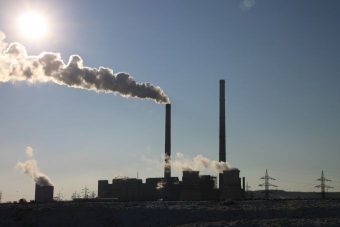
The EEA report ‘Fluorinated greenhouse gases 2020’ confirms the trend of continued reduction in the use of hydrofluorocarbons (HFCs) by European industry under both the EU-wide regulated phase-down of HFCs and the global HFC phase-down, which began in 2019 under the so-called Kigali Amendment to the Montreal Protocol.
F-gases are synthetic chemicals used in everything from refrigerators, heat pumps to air conditioners and as solvents and blowing agents for foams. They are considered potent greenhouse gases and have been regulated in the EU since 2006 in an effort to reduce their use and impact on global warming. The EEA report also details the different amounts of F-gases supplied for various industrial applications. These are expressed both in physical amounts (in tones) and in ‘global warming amounts’, i.e. physical amounts weighted by the global warming potential of hydrofluorocarbon gases and measured in CO2-equivalent tones (CO2e).
More:
In 2019, the EU-wide quantity of HFCs placed on the market stayed below the overall market limit for the fifth year in a row, by 2 percent.
EU contribution to global phase-down

The EU’s HFC ‘consumption’ in 2019, as defined under the Montreal Protocol, was 55 percent below the first limit set for the EU for 2019 under the Montreal Protocol’s Kigali Amendment.
Other Key Findings:
In addition to reduced use and imports, a substitution is taking place in favour of less climate-harming F-gases:
The volume of total supply of F-gases in the EU measured in tones was 15 percent below 2018 and almost 25 percent below 2017. Expressed in carbon dioxide equivalent (CO2e), the reduction is even more significant at 20 percent below 2018 and 42 percent below 2017. Refrigeration and air conditioning continue to be key applications.
Total imports of F-gases to the EU in 2019 decreased by 14 percent compared with 2018 (19 percent if measured in CO2e). Most of this decrease is due to lower HFC imports, and the remainder is caused by decreases in imports of sulphur hexafluoride (SF6) and perfluorocarbons (PFCs).
Fluorinated greenhouse gas emissions have been decreasing in the EU since 2015, after 15 years of uninterrupted annual increases. In 2018, total fluorinated greenhouse gas emissions decreased by 11 percent from their peak in 2014.
Source: EEA



